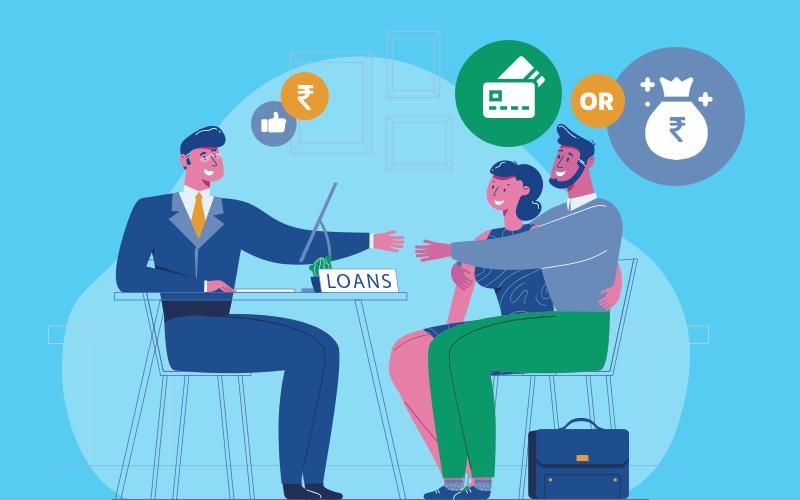Personal loans can be your go-to solution for handling unexpected bills or financing that long-awaited purchase hassle-free. However, when you shop around, the interest rates you see are enough to make your head spin. One lender quotes 20%, and another 15%. Is either of them a good deal?
The interest rate you'll be offered depends on your financial profile, including your credit score, income, loan amount, and repayment term. However, industry benchmarks can help gauge whether a specific offer is competitive.
What Is a Favorable Personal Loan Interest Rate?
While industry averages can provide a starting point, the personal loan interest rate you qualify for will be unique to your circumstances. The national average personal loan interest rate as of Q3 2023 is 12.17%. It is a helpful benchmark to see if a specific offer falls within a competitive range. However, remember, this average fluctuates based on economic conditions.
Your Credit Score Matters Most:
The biggest factor influencing your personal loan interest rate is your credit score.
- Excellent Credit (740 and above): You can expect rates below 8%.
- Good Credit (670 to 739): Rates typically exceed 14%.
- Fair Credit (580 to 669): Around 18%.
- Bad Credit (Below 579): As high as around 30%.
Factors at Play: Determining the Personal Loan Interest Rate
Your personal loan interest rate is like a fingerprint - unique to your circumstances. When you obtain a personal loan, it's crucial to consider how the following factors might affect your rate.
- Creditworthiness: As you might expect, your credit score plays a starring role. Higher scores (typically above 740) unlock the most favorable rates. Conversely, lower scores will result in higher interest rates, reflecting the lender's perception of increased risk.
- Income and Employment Stability: Lenders seek assurance that you can repay the loan. Demonstrating steady income and employment strengthens your application, potentially earning you a lower interest rate.
- Fixed vs. Variable Rates: Fixed-rate loans offer predictable monthly payments with a steady interest rate throughout the loan term. Variable-rate loans may begin with a lower rate but fluctuate over time. While a variable rate might seem enticing initially, the potential for future increases makes a fixed-rate loan more secure in the long run.
- Secured vs. Unsecured Loans: Secured loans require collateral, like a car or savings account, that the lender can seize if you default. This decreased risk for the lender often translates to a lower interest rate. Unsecured loans come with higher interest rates due to the heightened risk for the lender.
- Repayment Timeline: Short loan terms (under two years) have lower interest rates than longer terms (3 years or more). This is because a shorter repayment period minimizes the lender's exposure to risk.
- Loan Amount: Borrowing a larger sum translates to greater risk for the lender. Interest rates might be higher for bigger loan amounts to compensate.
- Market Conditions: Federal Reserve decisions and adjustments to the federal funds rate can impact the prime rate, which lenders often use as a benchmark for setting their own rates. Personal loan interest rates may follow suit if the federal funds rate goes up.
Shopping Savvy: How to Compare Personal Loan Rates
Cast a wider net and compare rates from at least three different lenders. Include a mix of lenders: your local bank or credit union, online lenders, and peer-to-peer lending platforms.
When examining rates, focus on the Annual Percentage Rate (APR). This figure incorporates the interest rate and associated fees, giving you a true sense of the loan's overall cost. Comparing APRs on loans with similar terms (e.g., 3-year fixed-rate loans) ensures a fair comparison.
Many lenders offer pre-qualification, which estimates your interest rate without a hard credit check. It allows you to gather quotes from multiple lenders before committing to a formal application to obtain a personal loan.
Conclusion
Forget good enough interest rates—aim for the best your credit score and financial profile can achieve. You can leverage your strengths to negotiate a lower interest rate by understanding how your financial profile is evaluated and shopping around with multiple lenders. But, securing the right loan goes beyond the rate. Before diving in, ensure it aligns with your budget and long-term financial goals.







